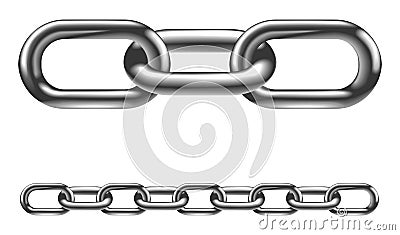Unwarranted inferences - part two
 A few weeks ago I began a series about how to get smarter. One of the ways to get smarter is to understand the ways in which your brain limits your ability to solve problems.
A few weeks ago I began a series about how to get smarter. One of the ways to get smarter is to understand the ways in which your brain limits your ability to solve problems.One of the main ways your brain limits you from solving problems is due to unwarranted inferences. In the reading comprehension research an inference is the information you bring to a context that is not explicitly stated. For example:
Aaron spotted a coffee shop. Right now, the warmth would be great. He stopped, shook out his umbrella, closed it and then entered.
The inference we can reasonably make is that it is raining and cold. It wasn't explicitly stated but it was implicitly inferred. Now when you read you do not assemble clues and make conclusions consciously - rather your brain does this for you subconsciously. Usually it does this very well. However, an unwarranted inference is when your brain draws a conclusion based on incorrect assumptions. In many cases you are unaware that these inferences have become part of the context you are now operating on. They are now limiting your thinking.
This is why a new member of a team can often 'see' the causes and solutions for problems better than those fully immersed.
Question: Did any of you attempt the chain links problem? If not (and you want to get smarter) have a quick go with the problem below.
Chains and links
 A woman has four pieces of chain. Each piece is made up of three links. She wants to join the pieces into a single closed ring of chain. To open a link costs 2 cents and to close a link costs 3 cents. She has only 15 cents. How does she do it?
A woman has four pieces of chain. Each piece is made up of three links. She wants to join the pieces into a single closed ring of chain. To open a link costs 2 cents and to close a link costs 3 cents. She has only 15 cents. How does she do it?(I love this one... very satisfying)
Some helpful solution methods:
Draw pictures. If this doesn't help draw it in a different way (change the representation).
If you are struggling with this it is because your brain is representing it to you in a certain way.
Probably like this:
If this is how you have drawn it then you may be suffering from an 'unwarranted inference'. What are you inferring?
Looking at the picture you may be thinking that you have four points that need connections. That's four 'opens' (8 cents) and four 'closes' (12 cents).
Look at the picture again. What are you NOT seeing?

No comments:
Post a Comment